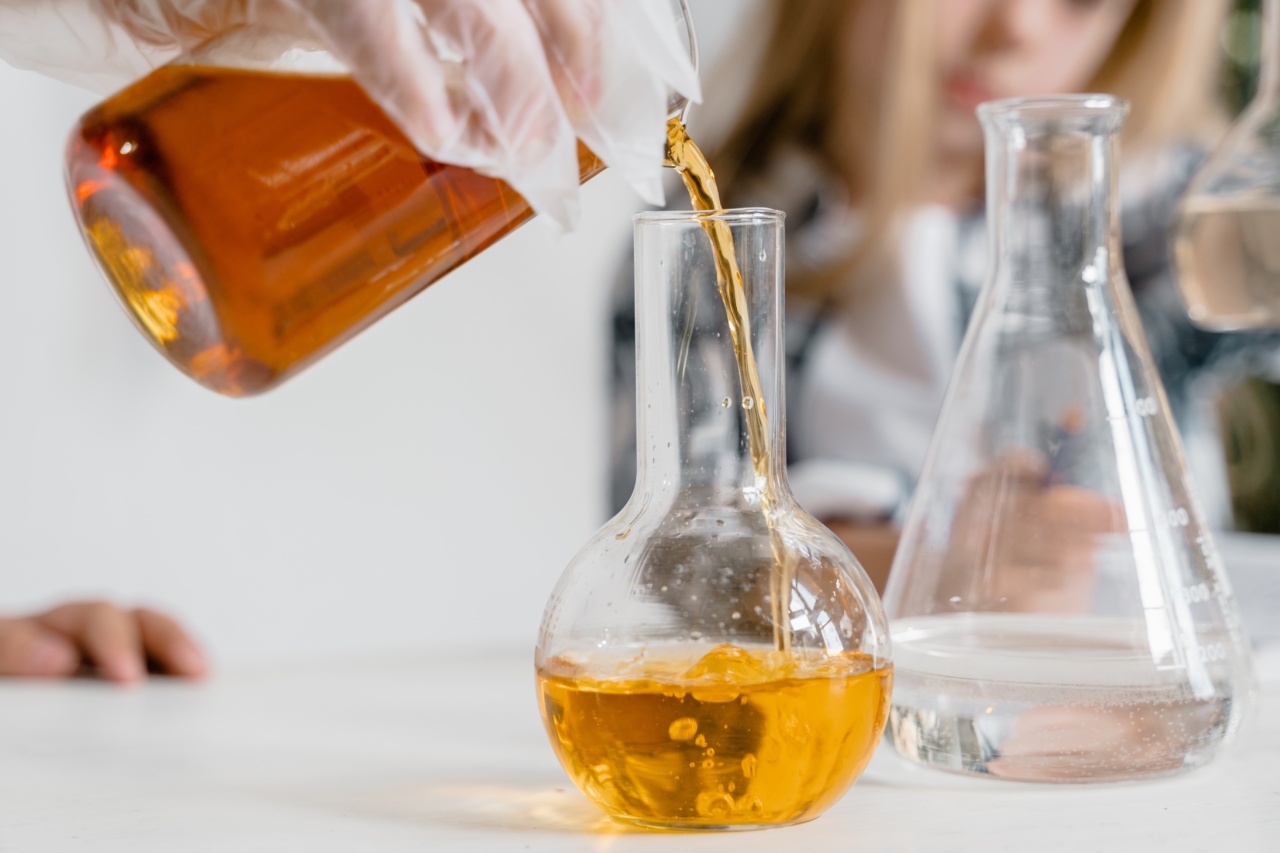Olives are a popular staple in the Mediterranean diet, known for their rich flavor and numerous health benefits.
However, a recent study has raised concerns about the potential link between olive consumption and an increased risk of melanoma, the deadliest form of skin cancer. This study, conducted by a team of researchers at a renowned academic institution, has generated significant interest and sparked a debate among scientists and health professionals.
In this article, we will delve into the details of this study, explore the potential mechanisms behind the observed findings, and provide insights into how individuals can make informed decisions about their olive consumption.
The Study
The study, published in a prominent scientific journal, aimed to investigate the association between olive consumption and the risk of developing melanoma.
The researchers recruited a large cohort of participants and conducted a comprehensive analysis of their dietary habits, medical history, and sun exposure patterns. They followed up with the participants over a period of several years, collecting data on new cases of melanoma and its related risk factors.
After analyzing the data, the researchers found a statistically significant association between olive consumption and an increased risk of melanoma.
Individuals who reported consuming olives more frequently had a higher incidence of melanoma compared to those who consumed olives in moderation or rarely. These findings were adjusted for various confounding factors, such as age, sex, body mass index (BMI), and sun protection habits.
Possible Mechanisms
While the study identified an association between olive consumption and melanoma risk, it is crucial to understand the potential mechanisms behind this relationship.
The researchers postulated several hypotheses that could explain the observed findings.
1. Reactive Oxygen Species (ROS) Formation
Olives contain certain compounds that can generate reactive oxygen species (ROS) in the body. ROS are highly reactive molecules that can cause damage to cells and DNA.
Prolonged exposure to ROS is known to contribute to the development of various diseases, including cancer. It is speculated that the increased ROS formation triggered by olive consumption could promote the progression of melanoma.
2. Photosensitizing Properties
Another hypothesis revolves around the potential photosensitizing properties of olives. Some studies have suggested that certain compounds found in olives may sensitize the skin to the harmful effects of ultraviolet (UV) radiation.
As excessive UV exposure is a known risk factor for melanoma, it is plausible that olive consumption might increase susceptibility to the disease.
3. Dietary Fat and Oxidative Stress
Olives are known for their high fat content, primarily consisting of monounsaturated fatty acids (MUFAs). While MUFAs are generally considered healthy fats, excessive intake of dietary fat can lead to oxidative stress in the body.
Oxidative stress, in turn, can contribute to various pathological processes, including cancer development. It is hypothesized that the higher fat content in olives could enhance oxidative stress, thereby increasing the risk of melanoma.
Interpreting the Findings
It is important to emphasize that this study suggests an association between olive consumption and melanoma risk, but it does not prove causation.
More research is needed to establish a causal relationship and identify the underlying mechanisms definitively. Additionally, it is worth noting that the participants’ dietary patterns were self-reported, which can introduce a degree of bias.
Furthermore, the study did not differentiate between different types of olive products, such as whole olives, olive oil, or olive-based spreads. It is possible that the observed association may vary depending on the specific form of olive consumption.
Therefore, caution should be exercised when interpreting the findings and applying them to real-life dietary choices.
Implications for Individuals
Given the potential association between olive consumption and melanoma risk, individuals may wonder how to approach their dietary choices.
It is important to remember that, at this stage, the evidence is not conclusive enough to warrant avoiding olives altogether.
What individuals can do is adopt a balanced approach to their diet and maintain a healthy lifestyle. Moderation is key, as excessive consumption of any food can have negative health implications.
Incorporating a variety of nutrient-dense foods, including fruits, vegetables, whole grains, lean proteins, and healthy fats, can help promote overall health and reduce the risk of various diseases, including melanoma.
Additionally, individuals should continue practicing sun-safe behaviors, such as using sunscreen, seeking shade, and wearing protective clothing, regardless of their olive consumption.
Protecting the skin from excessive UV radiation remains one of the most effective strategies to prevent melanoma.
Conclusion
The association between olive consumption and the risk of melanoma, as revealed by the recent study, has sparked a discussion among scientists and the general public.
While the findings are intriguing, more research is needed to confirm the relationship and elucidate the underlying mechanisms. It is crucial to approach these findings with caution and not make drastic dietary changes solely based on this study.
Maintaining a balanced diet, practicing sun-safe behaviors, and seeking professional advice can help individuals make informed decisions about their olive consumption and reduce their risk of melanoma.





























